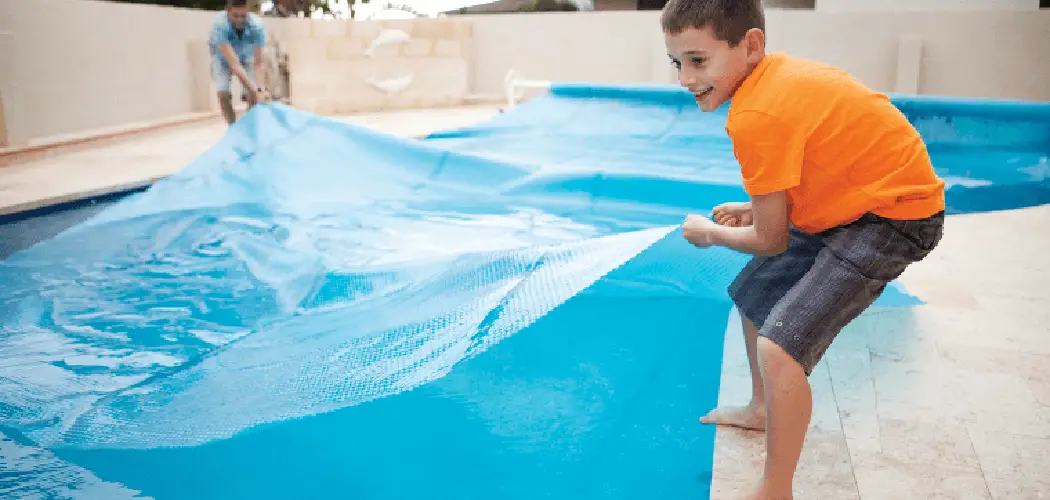Are you wondering how to keep your pool from evaporation? With the summer months quickly approaching, it’s important to take steps now to ensure that your pool has enough water for swimming all season long. Even small changes can make a huge difference in keeping the water level up and preventing expensive fill-ups.
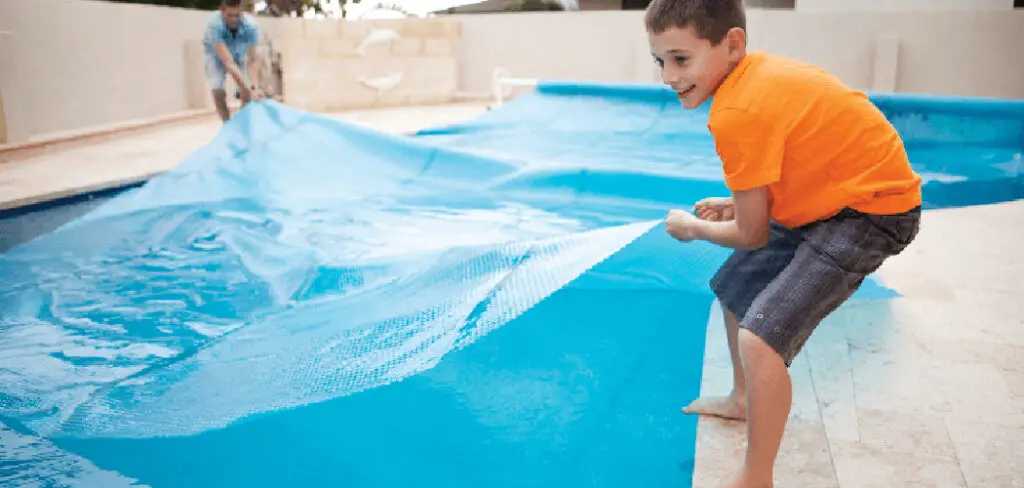
In this blog post, we’ll look at some of the best ways on how to stop evaporation in pool and conserve precious H2O – so dive right in!
9 Best Ways on How to Stop Evaporation in Pool
1. Use a Pool Cover:
The most effective way to prevent water loss due to evaporation is by using a pool cover. A pool cover acts as a barrier between the water and the atmosphere, significantly reducing the amount of water that evaporates. It also helps to retain heat in the pool, which can save on heating costs. When not in use, make sure to keep your pool covered to prevent evaporation.
2. Check for Leaks:
A leak in your pool can lead to significant water loss, and it’s not always easy to spot. Regularly check the pool equipment, such as pumps, filters, and pipes for any signs of leakage.
If you notice a drop in water level that cannot be attributed to evaporation, it’s important to have a professional inspect your pool for potential leaks. This will not only save water, but it can also prevent any damage to your pool.
3. Reduce Wind Exposure:
Wind is another major factor that contributes to evaporation. If your pool is exposed to strong winds, it can cause the water surface to ripple and increase the rate of evaporation. Consider planting wind-breaking hedges or installing a fence or screen around your pool to reduce wind exposure and slow down evaporation.
4. Lower the Temperature:
The warmer the water, the higher the rate of evaporation. By lowering your pool’s temperature by just a few degrees, you can significantly decrease water loss due to evaporation. If possible, try to keep your pool temperature between 78°F and 80°F – which is still comfortable for swimming, but not as warm as many people prefer.
5. Use Liquid Solar Cover:
If using a physical pool cover is not an option for you, consider using a liquid solar cover. This is a biodegradable and safe chemical that can be added to the pool water to create an invisible layer on top of the water surface. It will help to reduce evaporation by up to 50% and can last for a week or longer depending on pool usage and weather conditions.
6. Maintain Proper Water Chemistry:
Water chemistry is crucial in preventing evaporation as well. When the pH, calcium hardness, and total alkalinity levels are unbalanced, it can lead to increased water loss due to evaporation. Regularly test your water and maintain proper chemical balance to reduce evaporation. This will also keep your pool water clean and safe for swimming.

7. Limit Activities in the Pool:
Splashing, diving, and other activities in the pool can cause turbulence on the surface of the water, leading to increased evaporation. Encourage pool users to limit these activities or have designated areas for them to play away from the main swimming area. This will help to reduce water loss and keep your pool level steady.
8. Use a Windbreak:
In addition to planting hedges or installing fences, using a portable windbreak can also help to reduce evaporation caused by strong winds. These are typically made of mesh or fabric and can be easily set up around the pool when needed.
They not only protect against wind, but they can also provide some privacy for your pool area. Using a windbreak can also help to lower heating costs by reducing the wind-chill effect.
9. Keep the Pool Clean:
A clean pool not only looks inviting, but it can also help to prevent evaporation. Debris and oils on the surface of the water can create a barrier that increases evaporation. Regularly skim your pool and remove any leaves, dirt, or other debris.
Also, make sure to keep your pool filters clean to ensure proper circulation and prevent build-up on the water surface. This will reduce the chances of evaporation and help to maintain a healthy pool environment.
Following these tips can help you reduce evaporation in your pool and save water and money. Remember, even small changes can make a big impact – both for your wallet and the environment.
Enjoy your summer swims without worrying about constantly filling up your pool, by taking proactive steps to stop evaporation in the pool. Now go ahead, take a dip! So, dive right in and make a splash without worrying about water levels!
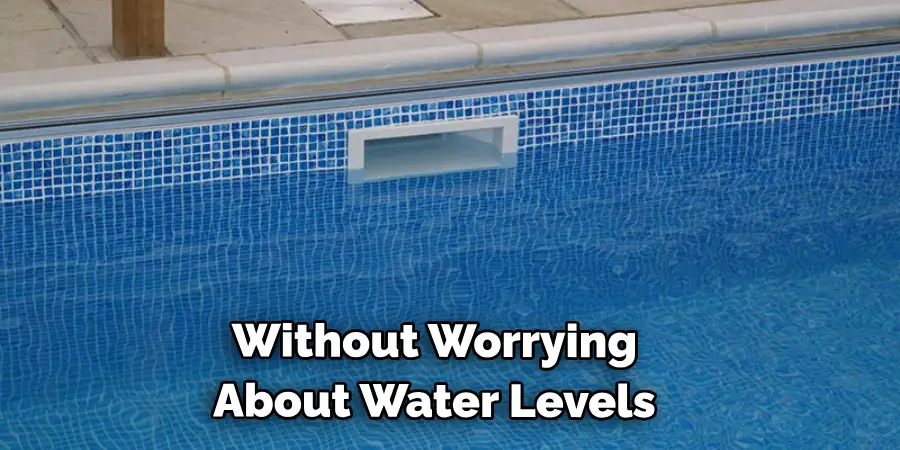
Additional Tips and Tricks to Stop Evaporation in Pool
1. When adding chemicals to your pool, always add them on the side instead of pouring them into the center. This prevents excessive splashing and reduces evaporation.
2. Use a pool cover when your pool is not in use. A good quality cover can significantly reduce evaporation, especially during windy days.
3. Consider installing windbreaks or hedges around your pool area to reduce the impact of wind on water evaporation.
4. Keep your pool properly maintained and balanced to prevent excessive evaporation caused by algae growth or pH imbalances.
5. Limit the amount of time your pool pump is running. Pumps can create waves that increase evaporation, so try to run them for shorter periods at a lower speed.
6. Use a solar cover or liquid solar blanket to trap heat and reduce evaporation. This can also help save on heating costs.
7. On hot and sunny days, consider using a fountain or waterfall feature in your pool. The constant movement of the water can prevent stagnant areas which are prone to evaporation.
8. Keep an eye out for cracks or leaks in your pool, as these can contribute to water loss through evaporation.
9. Utilize natural shading around your pool, such as trees or umbrellas, to block out direct sunlight and reduce evaporation.
10. Regularly skim the surface of your pool to remove any debris or leaves that can trap heat and cause excessive evaporation. Keep your pool clean to prevent unnecessary water loss.
Remember, reducing evaporation not only helps conserve water but can also save you money on chemicals and heating costs. By implementing these additional tips and tricks, you can enjoy a more efficient and cost-effective pool all year round. Keep these in mind for a happy and healthy pool experience!
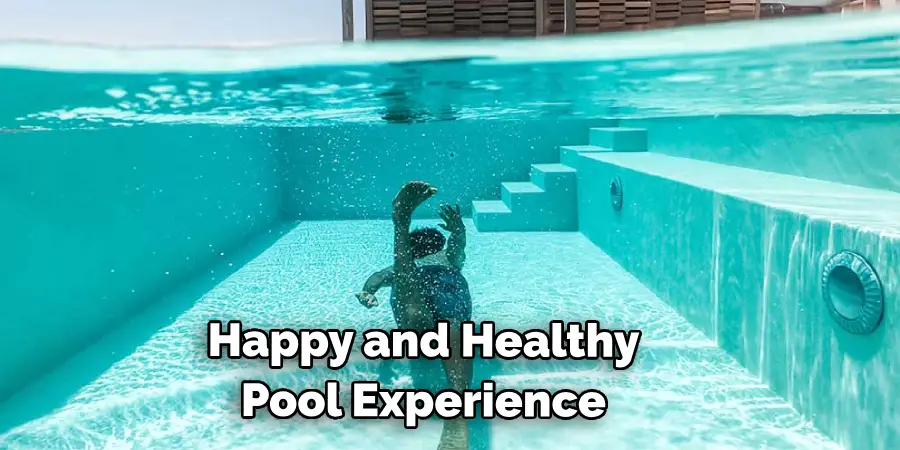
Things You Should Consider to Stop Evaporation in Pool
1. If you own a swimming pool, you know that evaporation is inevitable. The heat from the sun causes the water to evaporate, resulting in water loss and costly utility bills. However, there are ways to reduce evaporation and keep your pool water levels stable.
2. One of the simplest ways to decrease evaporation is by using a pool cover. A pool cover not only prevents debris from falling into the pool but also acts as a barrier between the water and the sun’s rays. This can help reduce evaporation by up to 95%.
3. Another factor that contributes to evaporation is wind. If you live in an area with strong winds, investing in a windbreak can significantly reduce evaporation levels. A windbreak can be a fence, wall, or even trees strategically placed around the pool to block the wind’s effects.
4. Maintaining proper water chemistry is also crucial in preventing evaporation. When the chemicals are balanced, it creates a surface tension that can prevent water from evaporating too quickly. Make sure to regularly test and adjust your pool’s pH and chlorine levels to decrease evaporation.
5. Consider using a solar pool heating system instead of traditional gas or electric heaters. Solar systems use the sun’s energy to heat up the pool, which can also help reduce evaporation. This is because warmer water is less likely to evaporate compared to cold water.
6. If you have a fountain or waterfall in your pool, consider turning it off when not in use. The constant movement of water increases evaporation levels, so limiting its use can help conserve water.
7. Regularly checking for leaks in your pool’s plumbing can also reduce evaporation. Even small leaks can result in significant water loss over time, so fixing them promptly is essential.
8. Planting trees or shrubs around the pool area can also provide shade and reduce evaporation. However, make sure to choose plants with minimal shedding to avoid debris falling into the pool.
Following these considerations can significantly reduce evaporation in your pool, saving you money and conserving water. Additionally, it is essential to regularly check the water levels and top off when necessary to maintain proper levels. Remember, every drop counts! So take these simple steps to preserve your pool’s water and enjoy it all summer long. Happy swimming!
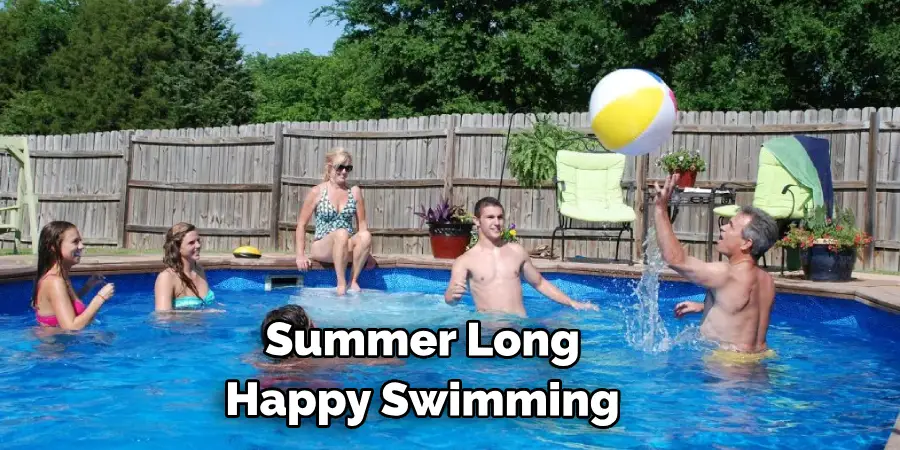
Conclusion
Evaporation is a major problem for pool owners, but it doesn’t have to be. With a few simple steps, you can decrease the rate of evaporation and make your pool maintenance easier. Covering the pool, increasing water circulation, and reducing humidity around the water are all great ways to stop evaporation and help keep your pool clean and safe.
For more information on how to stop evaporation in your pool, contact your local pool experts or browse online for even more tips and tricks. Now that you know how to stop evaporation in pool, take action today so that you’ll enjoy many years of summers filled with swimming and fun without worrying about evaporating away.
About
Outdoor Fixes is a distinguished figure in the world of Diy design, with a decade of expertise creating innovative and sustainable Diy solutions.
His professional focus lies in merging traditional craftsmanship with modern manufacturing techniques,
fostering designs that are both practical and environmentally conscious. As the author of diy,
outdoorfixes delves into the art and science of outdoorfixes-making, inspiring artisans and industry professionals alike.
Education RMIT University
(Melbourne, Australia) Associate Degree in Design (Outdoor Fixes) Focus on sustainable design, industry-driven projects,
and practical craftsmanship. Gained hands-on experience with traditional and digital manufacturing tools, such as CAD and CNC software.
Nottingham Trent University
(United Kingdom) Bachelor’s in outdoorfixes.com and Product Design (Honors) Specialized in product design with a focus on blending creativity with production
techniques. Participated in industry projects, working with companies like John Lewis and Vitsoe to gain real-world insights.
Publications and Impact
In diy, Outdoor Fixes his insights on indoor design processes, materials, and strategies for efficient production.
His writing bridges the gap between artisan knowledge and modern industry needs, making it a must-read for both budding designers and seasoned professionals.

